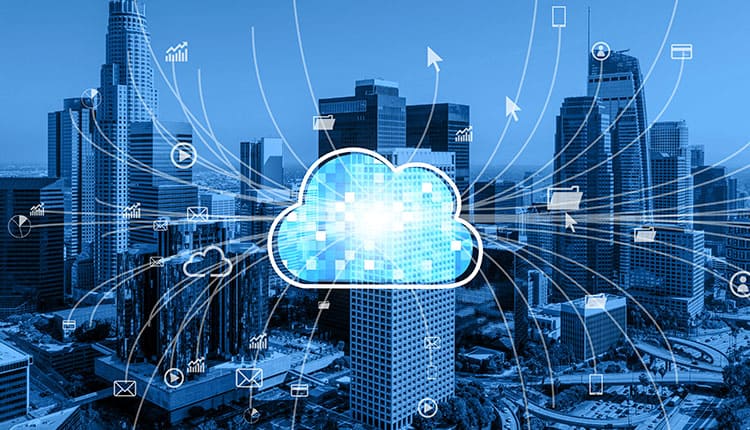Improving Digital Infrastructure through IoT Connectivity: Digitalising the Physical World with Local and Cloud Infrastructure Integration
By Sandeep Chellingi, Cloud & Infrastructure leader, Orion Innovation
The world has undergone a profound revolution thanks to the emergence of Cloud technologies. Concepts like Platform as a Service (PaaS) and Infrastructure as a Service (IaaS) have taken root, reshaping how the software industry conceives of resilience, deployments, security, and infrastructure.
In the present landscape, the boundaries between the physical and digital realms have been further obscured by technologies like the Internet of Things (IoT) and Edge computing. Machines are no longer mere CPUs following user manuals; they’re now regarded as vital sources of data offering insights into usage patterns and strategies for enhanced efficiency. Businesses that effectively harness these technologies stand at the precipice of transforming their digital infrastructure. Leveraging IoT empowers businesses to amass an array of data from their physical assets. This data can then be channeled into PaaS services like Microsoft Azure Stream Analytics, extracting meaningful patterns and correlations.
These insights, in turn, can trigger subsequent workflows and generate dashboards that steer business decisions toward efficiency, optimisation, and innovation. Coupling IoT with Edge computing confers a distinct advantage, enabling businesses to analyze data from IoT devices with minimal latency and bolstered on-premise security for sensitive data. This approach also promotes compatibility with legacy devices. Edge computing seamlessly complements a company’s data center by ensuring critical workloads are processed closer to data sources and consumers, leading to cost reduction and faster processing times. Additionally, it empowers businesses to make real-time decisions and focuses on low-latency processing use cases.
However, it’s vital to acknowledge that while Edge computing accelerates data processing, it doesn’t replicate cloud computing’s scalability, AI-driven operations, analytics capabilities, or infrastructure cost reduction. It is imperative to integrate on-premise and cloud infrastructures, amplifying processing potential and distributing it across multiple data centers and hyperscale environments to effectively manage and analyze voluminous data. Opening new avenues for data processing inevitably broadens the attack surface, underscoring the need to prioritise robust security measures for both on-premise and cloud infrastructure.
Businesses can secure their cloud environment by leveraging native cloud-based security services like Microsoft Defender for Cloud, offering security posture detection, threat management, and standardised practices to safeguard cloud servers and databases. As for physical on-premise assets in Edge environments, adhering to the same security policies as those applied within on-premise networks is advised—practices such as least privilege access, regular patch updates, and restricted network access.
Effective data management is another critical facet, especially considering the deluge of data pouring in from physical assets. Without efficient practices and policies in place, capitalising on the full potential of cloud, IoT, and Edge integration becomes challenging. Data must not be processed for its own sake; it should add value to the business. A well-structured data architecture is pivotal; it must acknowledge that stored data must be actionable to derive meaningful insights. The data lakehouse architecture, for instance, facilitates secure data engineering, machine learning, data warehousing, and business intelligence directly on vast data volumes housed in data lakes. This architecture supports unified catalogs, access controls, discovery mechanisms, auditing, and quality management.
To truly enhance digital infrastructure in response to the ever-evolving landscape, businesses must embrace IoT and Edge computing advancements. Over the last decade, these advancements and the integration of cloud technology have formed a comprehensive solution for intelligent data mining, heightened operational efficiency, and refined customer experiences through insight into user interactions and behaviors.
The key lies in deploying an infrastructure that spans multi-cloud and on-premises environments, selecting the appropriate technologies, and distinguishing between datasets suitable for Edge and those more suited for the cloud. All of this hinges on enforcing data management and security policies within computational boundaries to extract secure and pertinent insights for business growth.



